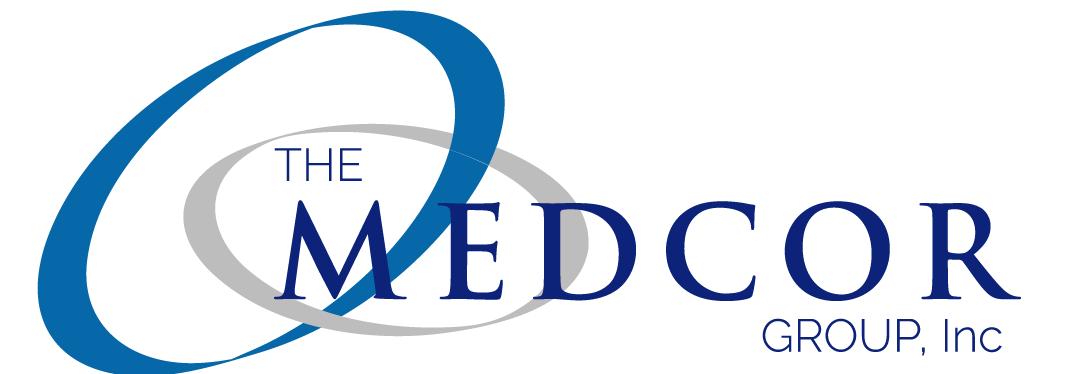Today’s healthcare centers struggle with keeping operational costs down while providing high-quality patient care. It’s vital that Federally Qualified Health Centers (FQHC) and Community Healthcare Centers (CHC) receive payments from patients and insurance companies in a timely manner in order to keep profits up. To accomplish this, the revenue cycle – or the life of a patient account from the time their case is opened until final payment is received – must be managed effectively.
“The U.S. Department of Commerce reports that an account 60 days past due has only a 70% chance of recovery. After six months, it has only a 30% probability of being paid.”
 For some healthcare centers, the responsibilities of Revenue Cycle Management (RCM) can become overwhelming and conflict with other office duties (managing employees, keeping up with government programs and other administrative tasks). Managing the revenue cycle includes compliance in ensuring complete and accurate billing processes and A/R follow up procedures are followed.
For some healthcare centers, the responsibilities of Revenue Cycle Management (RCM) can become overwhelming and conflict with other office duties (managing employees, keeping up with government programs and other administrative tasks). Managing the revenue cycle includes compliance in ensuring complete and accurate billing processes and A/R follow up procedures are followed.
Revenue cycle management benefits include:
- Increased average % of claims paid after 1st submission
- Increased average % of current claims (0-60 Days)
- Reduced denial rate
- Improved net revenue to the practice
- Higher percentage of clean claims
- Reduced outstanding accounts receivables
- Faster claims payment
- Less lost claims
- Improved quality of care by having more time for patient care issues
- Correct patient information available and less stress to your staff
In order to achieve compliance healthcare providers must employ software technology and a centralized billing/coding system. Incorporating revenue cycle management processes as part of an overall business strategy often results in improved reimbursement, accurate billing compliance and great clinical outcomes.
Having a revenue cycle management partner can help healthcare clinics operate more efficiently, and in turn provide greater medical services to those who need it the most.

